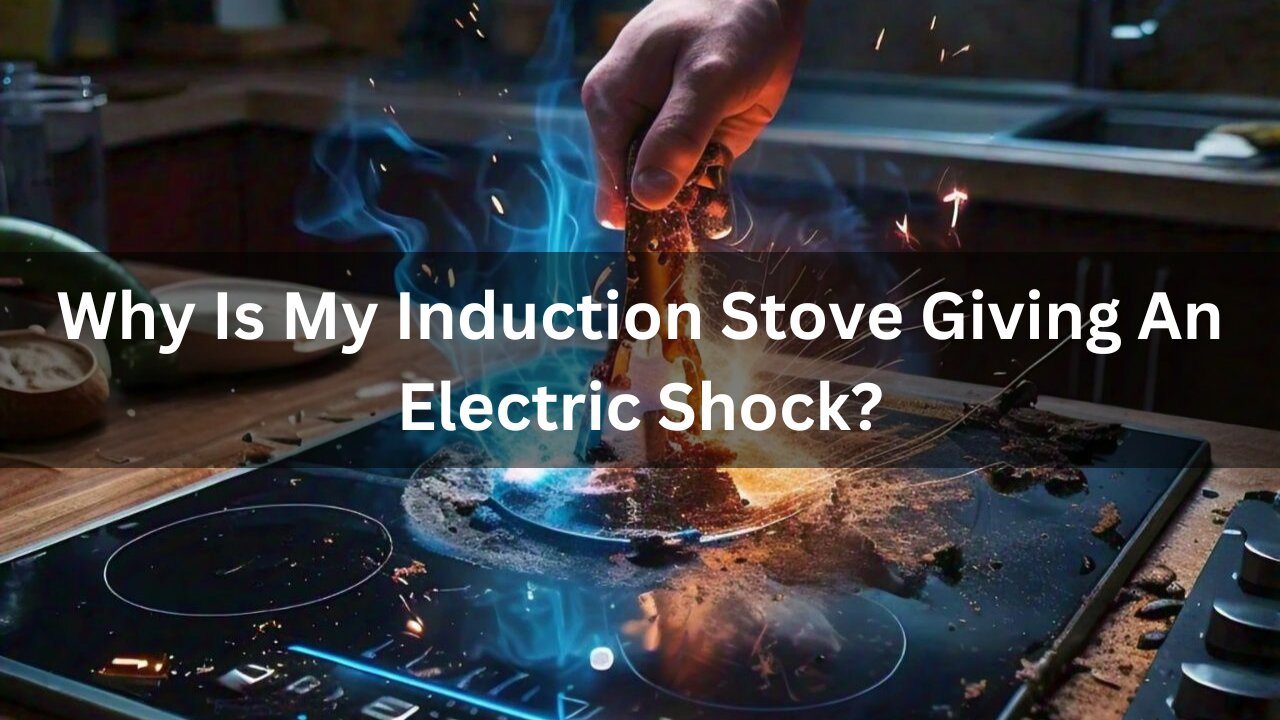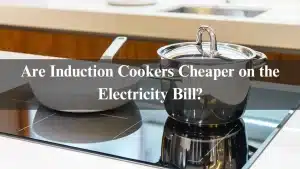Imagine this: you’re in the middle of preparing a delicious meal, the kitchen humming with the gentle buzz of your trusty induction stove. Suddenly, you feel a sharp jolt—an electric shock that makes you freeze in panic. What’s going on? Is your kitchen turning into a hazard zone?
In a world where technology promises safety and efficiency, experiencing an electric shock from an induction stove can be alarming and utterly perplexing. This isn’t just a minor inconvenience; it’s a serious issue that demands immediate attention and understanding.
In this blog post, I dive deep into why your induction stove might give you an electric shock. Drawing from the latest information and insights for 2024, I’ll unravel the potential causes of this dangerous problem, explore practical solutions, and guide you through what you must do to ensure your safe and secure cooking environment. Stay tuned to uncover the truth behind this shocking predicament and take control of your kitchen’s safety.
Table of Contents
Understanding How Induction Stoves Work
The Basics of Induction Cooking
Induction cooking works through electromagnetic induction, which uses a magnetic field to heat cookware directly. Instead of heating the stove’s surface, an induction stove transfers energy to the metal pan through an alternating current that flows through the induction coil. This method provides precise control over cooking temperatures and keeps the stove surface cooler.

Key Components of an Induction Stove
Induction Coil
- The core component of the induction coil creates the magnetic field necessary for cooking. It is typically made of copper wire and is located beneath the stove’s glass-ceramic surface.
- When electricity passes, the coil generates a magnetic field, facilitating the induction process.
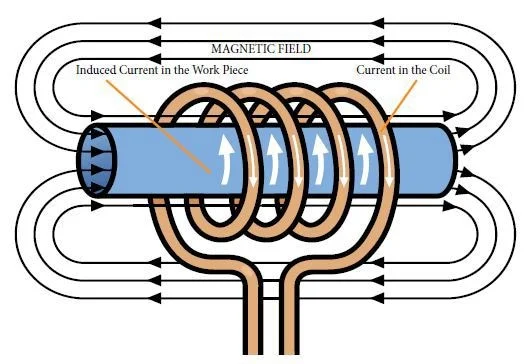
Glass-Ceramic Surface:
- The glass-ceramic surface is the smooth, flat top of the induction stove. It is designed to withstand high temperatures and is usually resistant to scratches and stains.
- This surface allows the magnetic field to pass through it while supporting the cookware, remaining calm during the cooking process since the heat is generated directly.
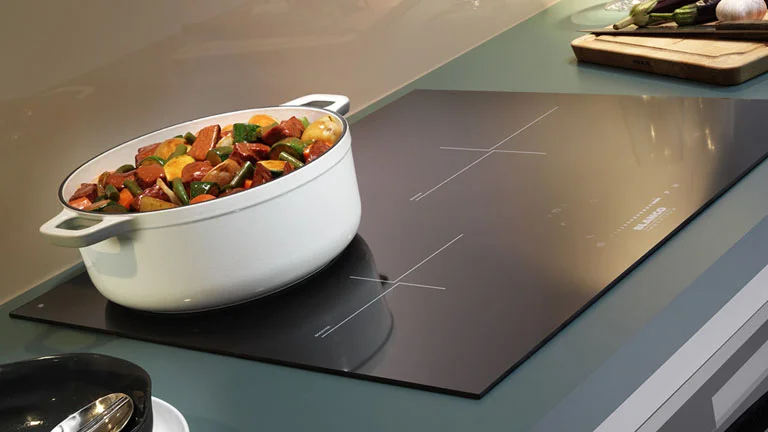
Control Panel:
- The control panel is the user interface for the induction stove, allowing you to adjust the temperature, set timers, and control other cooking functions.
- It often features touch controls or knobs and includes displays for monitoring settings and cooking progress.
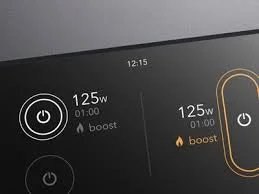
Power Source:
The power source is the electrical connection that supplies the induction stove with the necessary energy. Due to the energy demands of the induction process, induction stoves typically require a higher voltage outlet (220-240V).
Common Safety Features in Induction Stoves
- Automatic Shut-Off: Turns off the stove if no cookware is detected or it’s been left on too long.
- Child Lock: Prevents accidental activation.
- Residual Heat Indicators: Warns users if the surface is still hot even after cooking.
Why Is My Induction Stove Shocking Me?
the risk of electric shocks.
There are several potential reasons your induction stove could be giving you electric shocks. Let’s break down the most common causes and what you can do about them.
A. Faulty Wiring
One of the leading causes of electric shocks is faulty wiring within the stove. If the wiring inside the unit is improperly installed, worn out, or damaged, it can create an electrical hazard.
Signs of Faulty Wiring:
- Flickering lights on the control panel
- Buzzing or humming noises from the stove
- Inconsistent heating or unresponsive controls
If you suspect faulty wiring, it’s essential to disconnect the stove immediately and call a professional to inspect it.
B. Grounding Issues
Proper grounding is critical for any appliance. Grounding ensures that excess electrical current safely flows into the earth rather than through the stove or your body.
How Grounding Affects Safety: If your stove is not properly grounded, you risk getting shocked because stray electrical currents can travel through the exterior. A professional electrician can check the grounding to ensure everything is installed correctly.
C. Damaged Power Cord or Plug
A defective power cord or plug can lead to electrical shocks, especially if the wires are frayed or exposed. Electrical leakage from these areas can make the stove unsafe to touch.
How to Check:
- Look for any visible damage to the power cord or plug.
- Ensure that the plug fits securely into the outlet without loose connections.
- If you notice fraying or exposed wires, stop using the stove and replace the cord immediately.
D. Internal Component Issues
Over time, the internal components of an induction stove, such as the coil or control board, can wear out. Damaged components may cause electrical faults, leading to unsafe conditions and potential shocks.
Common Signs of Internal Problems:
- Intermittent operation
- Inconsistent temperature control
- Visible signs of wear or overheating on the stove’s surface
If internal issues are suspected, professional repair is often required to assess and replace any faulty components.
E. Moisture and Liquid Spills
Liquids can wreak havoc on the sensitive electronic components inside an induction stove. If moisture gets inside, it can create short circuits and lead to shocks.
Prevention Tips:
- Keep the stove dry at all times.
- Immediately clean up any spills, especially if they occur near the control panel or around the stove edges.
- Avoid using the stove with wet hands.
How to Diagnose and Fix the Problem?
A. Safety First: Disconnecting and Inspecting
If you suspect a problem with your induction stove, the first step is to disconnect it from the power source.
Steps to Safely Disconnect:
- Turn off the stove at the circuit breaker.
- Unplug the unit from the outlet.
- Wait a few minutes to allow residual electricity to dissipate before inspecting the stove.
What to Look For:
- Check the power cord and plug for signs of wear or damage.
- Inspect the glass-ceramic surface for cracks.
- Look for any visible moisture or liquid damage.
- If comfortable, remove any accessible panels to check for damaged wires or components.
B. Using a Multimeter
For those comfortable with electronics, a multimeter can be used to check for electrical faults. Testing continuity and resistance can help identify where the issue lies.
When to Call a Professional: If you’re unfamiliar with using a multimeter or dealing with complex electronics, it’s best to leave the inspection to a certified technician. A professional will have the tools and expertise to diagnose the problem accurately and safely.
How to Prevent Electric Shocks?
A. Regular Maintenance
One of the best ways to prevent future issues is through routine inspections and maintenance. Check your induction stove regularly for any signs of wear and replace any damaged components immediately.
Professional Maintenance Tips:
- Schedule annual check-ups with a licensed technician.
- Test internal components like the induction coil and control board to ensure they’re functioning correctly.
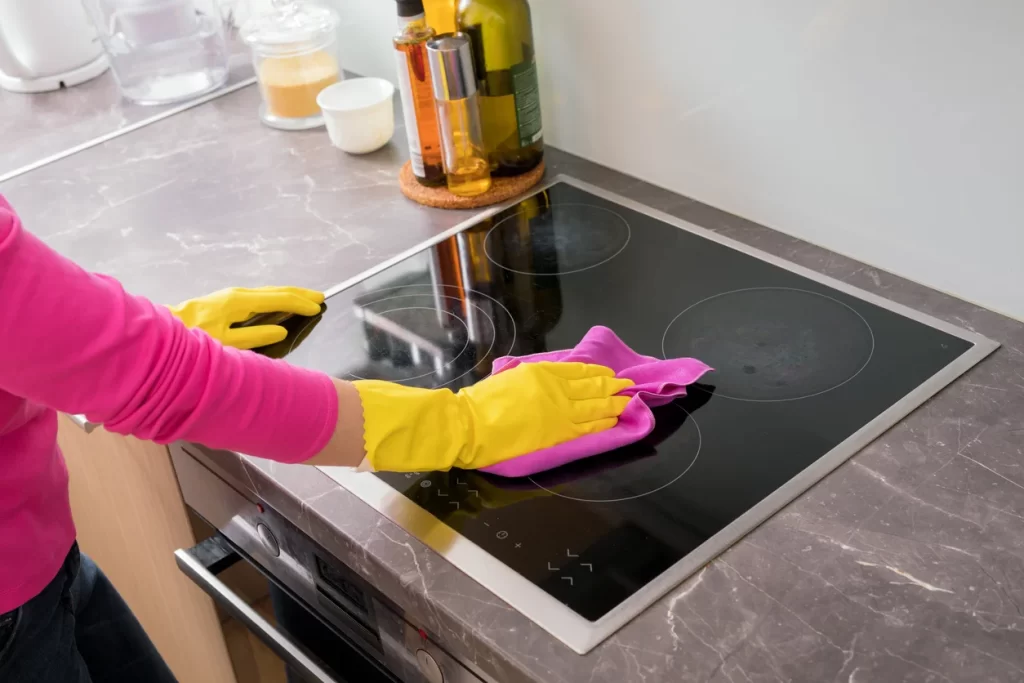
B. Proper Installation
Ensuring your stove is properly installed is key to avoiding electrical hazards. Always follow the manufacturer’s installation guidelines, and have a qualified electrician handle the electrical work.
Important Tips:
- Use the correct voltage outlet (typically 220-240V).
- Verify that the stove is correctly grounded.
- Ensure all electrical connections are secure and insulated.
C. Safe Usage Practices
Taking care of your induction stove on a day-to-day basis can also reduce the risk of electric shocks.
Safety Tips:
- Keep the stove surface dry and clean.
- Avoid cooking with liquids near the edges of the stove to prevent spills.
- If any part of the stove becomes damaged, stop using it until repairs are made.
D. Replacing Damaged Parts Immediately
The Importance of Replacing Damaged Cords, Plugs, or Components Without Delay:
- Prevent Further Damage: Damaged cords or components can lead to more serious electrical issues or safety hazards if not addressed promptly. Replacing them immediately can prevent further damage and ensure safe operation.
- Safety First: Avoid using the stove if you notice any damage to the power cord, plug, or internal components. Replace these parts as soon as possible to avoid the risk of electric shocks or fires.
- Use Genuine Parts: Always use manufacturer-recommended parts for replacements to ensure compatibility and maintain safety standards.
When to Seek Professional Help?
- The electric shocks persist after attempting fixes.
- Internal components like the coil or control board are malfunctioning.
- You notice any grounding issues or other electrical faults.
If you encounter any of these issues, contact a certified appliance technician or electrician immediately.
B. Finding the Right Technician
When choosing a professional, look for someone with experience in handling induction stoves. Ensure they are properly certified and have good reviews for reliable and safe repairs.
Costs and Considerations for Professional Repairs
When dealing with an electric shock issue from your induction stove, professional repair is often the safest route. Knowing what to expect in terms of costs and service can help you make an informed decision.
1. Diagnostic Fees
Most repair technicians will charge a diagnostic fee, which usually ranges from $50 to $100, depending on your location and the company. In some cases, this fee might be credited toward the total repair cost if you proceed with their service. Be sure to clarify this detail when hiring a technician.
2. Repair Costs
Repair costs can vary widely depending on the problem. For instance, simple repairs like rewiring or fixing a power cord might cost as little as $100 to $200, while more complex issues—like replacing a damaged control board or induction coil—can easily escalate to $300 to $500. If your stove is older, consider the cost of repair versus replacement, as it may be more economical to upgrade.
3. Labor Charges
Technicians charge labor based on the complexity of the repair. Standard rates can range from $50 to $150 per hour, and complex jobs involving critical components such as rewiring or replacing major parts will naturally take longer. Keep in mind that some technicians may charge travel fees, particularly in rural areas or for emergency services.
5. Overall Costs
Factoring in diagnostic fees, labor, and parts, total repair costs can range from as low as $150 for minor issues to over $500 for major repairs. Always ask for a detailed estimate before agreeing to any work, so you know exactly what to expect and can weigh the pros and cons of repairing versus replacing your stove.
4. Parts Replacement
Replacement parts play a significant role in the overall cost. Genuine manufacturer parts, like induction coils or control boards, can be more expensive but provide a guarantee of safety and proper fit. Third-party parts may be cheaper but could compromise performance. For example, an induction coil replacement might range from $200 to $300, while simpler parts like a power cord could cost around $50 to $100.
Related Articles:
What Is The Biggest Problem With Induction Cooktops? 2024
Does Induction Cookware Have To Have Flat Bottoms? Info 2024
Why Doesn’t Cookware Stick To Induction Cooktops? In 2024
Are Induction Cooktops More Energy Efficient? Comparison 2024
Conclusion
Induction stoves, renowned for their energy efficiency and safety features, use electromagnetic induction to directly heat cookware, leaving the cooktop cool and reducing the risk of burns and kitchen fires. While these stoves are designed to be safe and should not cause electric shocks under normal conditions, issues such as faulty wiring, improper grounding, or moisture can pose risks. To prevent electric shocks, ensure the stove is installed correctly, regularly maintained, and inspected by a professional if needed. Always handle electrical appliances carefully, keep the area dry, and promptly address any damage or faults to ensure safe operation.
FAQs
Why does my induction stove give shocks only when my hands are wet?
Water is a good conductor of electricity, and when your hands are wet, it amplifies the sensation of any residual electric current.
Is it safe to use an induction stove after experiencing an electric shock?
While minor shocks are not usually dangerous, it’s best to have an electrician inspect your stove to rule out any serious electrical issues.
Can a faulty stove cause electric shocks?
Yes, if your induction stove has internal wiring issues, it can lead to electric shocks. Regular maintenance and professional inspections can help identify and resolve these problems.
What type of cookware is safest for induction stoves?
Ferromagnetic cookware, such as those made from iron or steel, is the safest and most efficient type for use with induction stoves.
Can the Stove’s Magnetic Field Contribute to Shocks?
Induction stoves use electromagnetic fields to heat pots and pans. While these fields are not harmful to humans, they can cause small amounts of electricity to leak onto conductive surfaces, like the stove’s top. This is especially common with older or poorly maintained induction units.
Does Using the Wrong Cookware Affect Electrical Safety?
Yes, the type of cookware you use can play a role in whether or not you experience electric shocks. Induction stoves require ferromagnetic cookware (made of materials that respond to magnetic fields) to function properly. If you’re using pots and pans that are not induction-compatible, it could lead to inefficient heating and even electric shocks.

